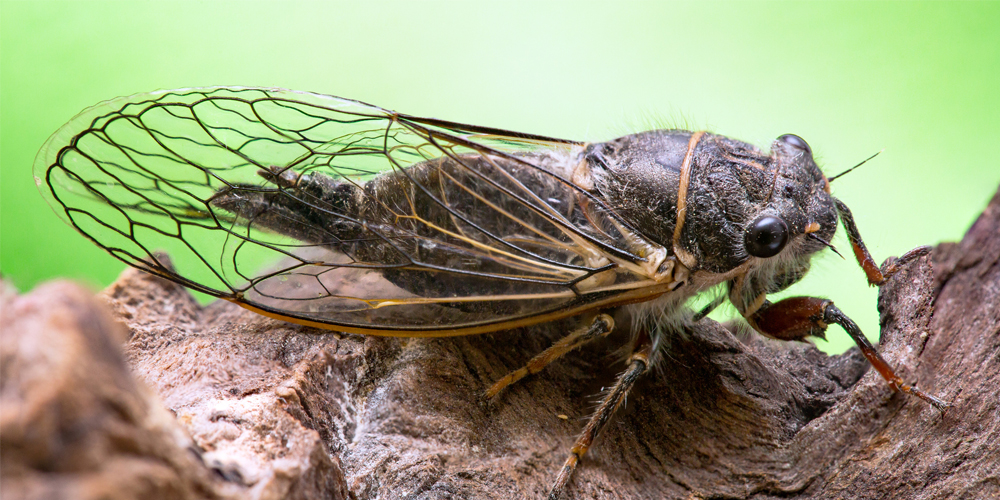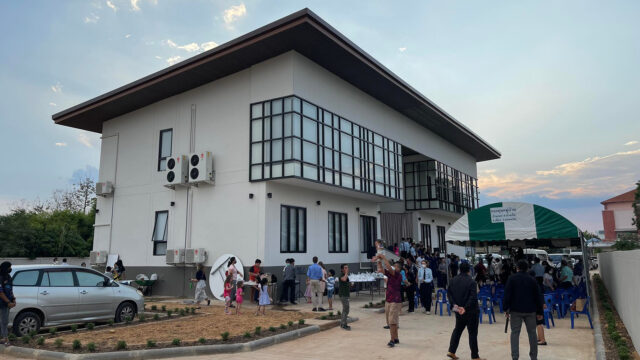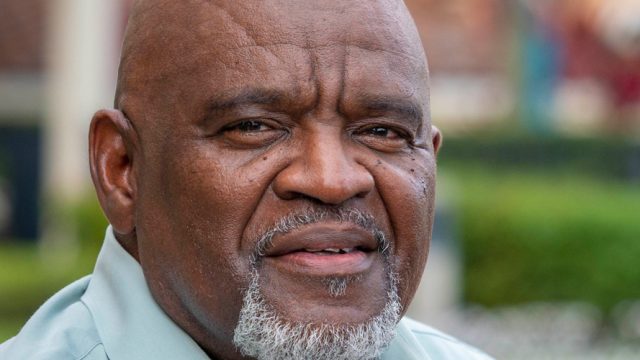What a natural-world phenomenon can teach us about serving others.

The name Benjamin Banneker is well known in Washington D.C. and Maryland in the United States. It is also known to students of American history.
Banneker was one of the first African American intellectuals and scientists. Born in 1731 to a free African American woman and a former slave, Banneker was an accomplished mathematician, astronomer, inventor, and writer. He was a landowner, farmer, and inventor. He was perhaps most famous for constructing a clock entirely out of wood, which kept accurate time and chimed on the hour — possibly the first such timepiece made in the colonies. He taught himself mathematics and astronomy, assisted on the survey team that established the original borders of Washington, D.C., and carried on correspondence with Thomas Jefferson, urging him to help bring an end to slavery.
Banneker combined his interests into a profitable business by writing the Pennsylvania, Delaware, Maryland, and Virginia Almanac and Ephemeris. In these books, he listed tides, astronomical information, and eclipses that he had accurately calculated. He was a keen observer of the natural world, and the books were a commercial success.
In 1800, Banneker wrote about the “locust” that he had observed in 1749 when he was 17, and then again in 1766 when he was 34, and then again in 1783 when he was 51. He may not have been the only scientist to notice the cycle. Still, in April of 1800, he anticipated their reappearance, accurately predicting the life cycle of what we now know to be the Brood X cicadas.
That’s right — the cicadas coming out in the Washington D.C. area in June 2021. Indeed, 221 years and 13 generations of cicadas later, we are hearing and seeing and experiencing what Benjamin Banneker experienced across his life. It’s an easy drive from Washington to the Benjamin Banneker Historical Park and Museum near Ellicott City in Maryland, where the farmer-scientist made his observations.
Only one of Banneker’s journals survives, and it contains his recollections of the rise of the cicadas at three points during his lifetime. It is just a few short paragraphs, and the values of the naturalist, scientist, and almanac author are all apparent. Among his observations, Banneker describes what he calls the cicada’s “song.”
He wrote, “If their lives are Short they are merry, they begin to Sing or make a noise from the first they come out of Earth till they die.” Then, as if to emphasize an appreciation developed over a lifetime, he stated it again: “They still continue on Singing till they die.”
What can we learn from Benjamin Banneker’s observations of the very same swarm of cicadas that the residents around Washington D.C. are now experiencing? Perhaps, most importantly, the cicadas remind us not to forget our own “song,” which comes alive when we focus on the values we hold dear. At Adventist HealthCare, specifically, we call them RISES values, and they certainly transcend our organization. Let me remind everyone what they are:
- Respect: We recognize the infinite worth of each individual
- Integrity: We are conscientious and trustworthy in everything we do
- Service: We care for our patients, their families, and each other with compassion
- Excellence: We do our best every day to exceed expectations
- Stewardship: We take ownership to efficiently and effectively extend God’s care
That is our song, the song of spreading joy to our communities as we extend God’s care through the ministry of physical, mental, and spiritual healing.
As many in the eastern U.S. encounter the cicadas during this special year and as they listen to their endless and persistent song, I challenge each of us — cicadas or not — to reflect on ways in which we can “sing” into the life of someone else an extra amount of encouragement, joy, peace, and healing.
The original version of this commentary was posted on AdventistHealthCare’s Living Well blog.








